News & Updates
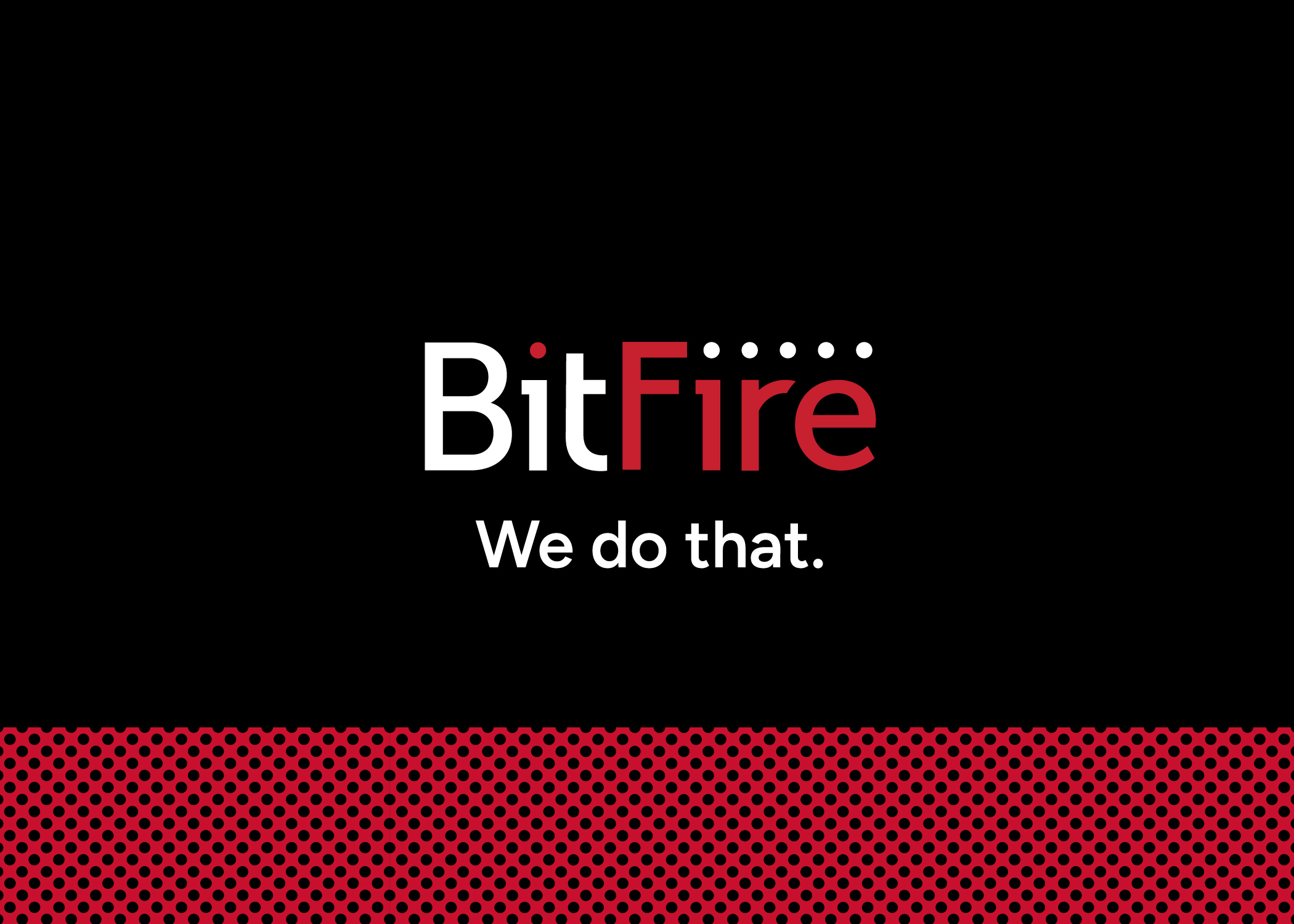
BitFire Does That!
Live production moves fast. Comms need to be clear, and tally must be instant. See how BitFire makes both native to an agile software-defined platform.
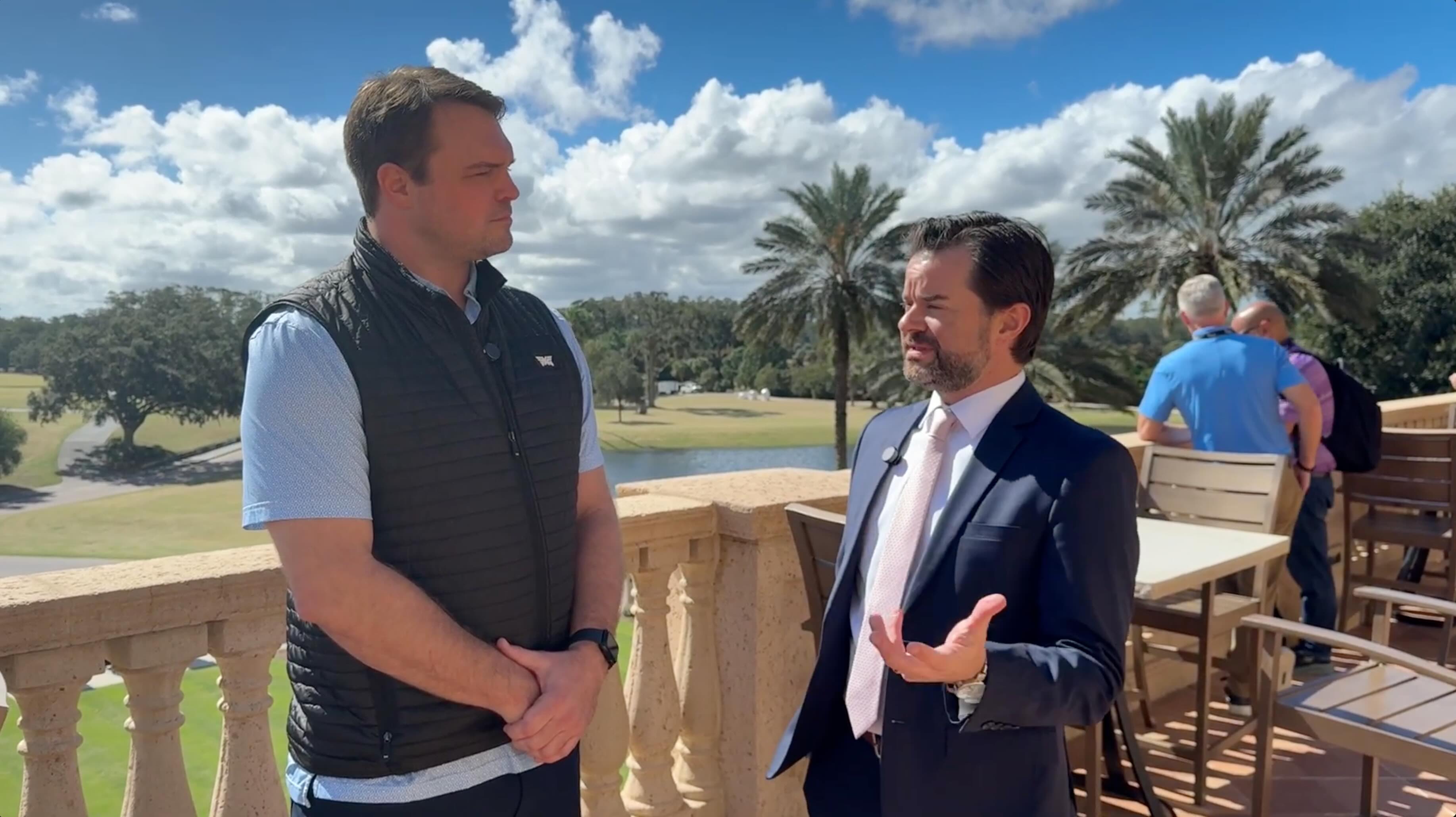
BitFire’s Ben Grafchik on How Growing Cloud Workflows Are Impacting the Live-Sports World
How Cloud Workflows Are Transforming Live Sports Production
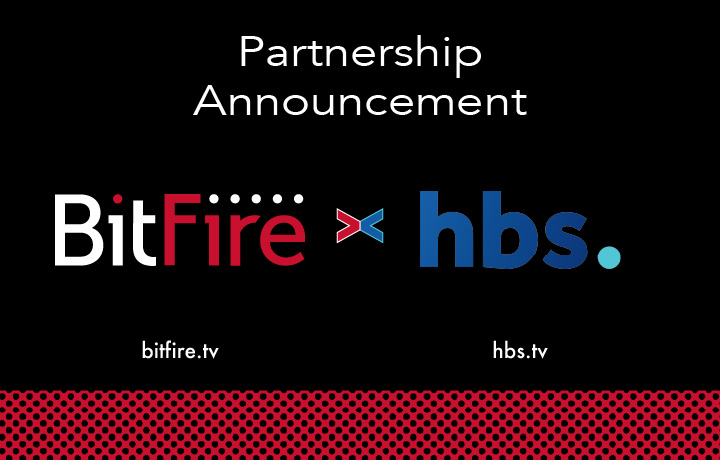
HBS US and BitFire Join Forces to Provide Cloud Production Solutions in the United States
HBS and BitFire unite to deliver next-generation cloud workflows for live sports production in the U.S.
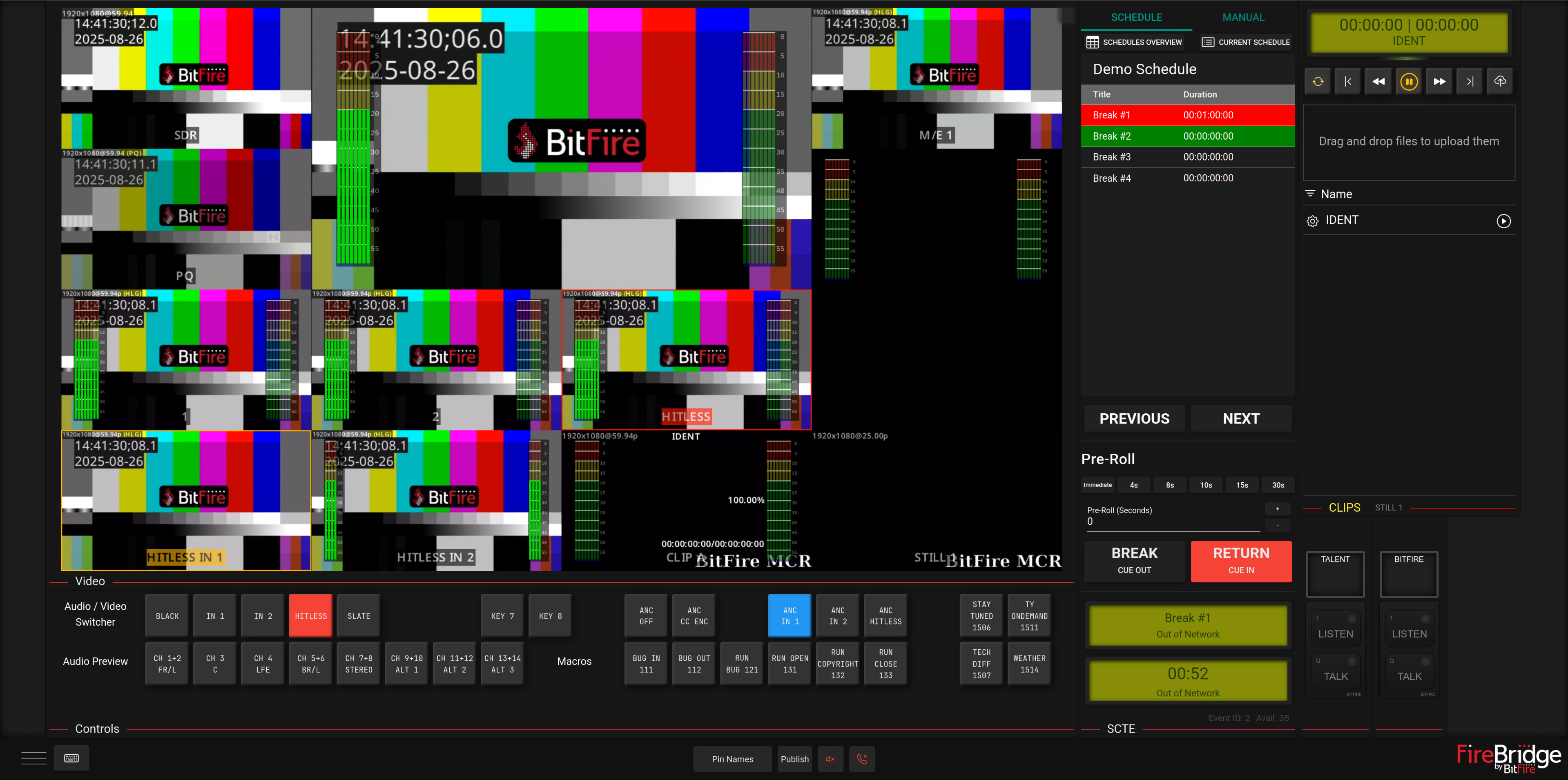
BitFire Launches Live Master Control in the Cloud
Broadcast-Grade Finishing, Captioning, and Ad Playout Within BitFire Platform Enable Cost-Effective Production and Finishing of Live Shows at Any Scale
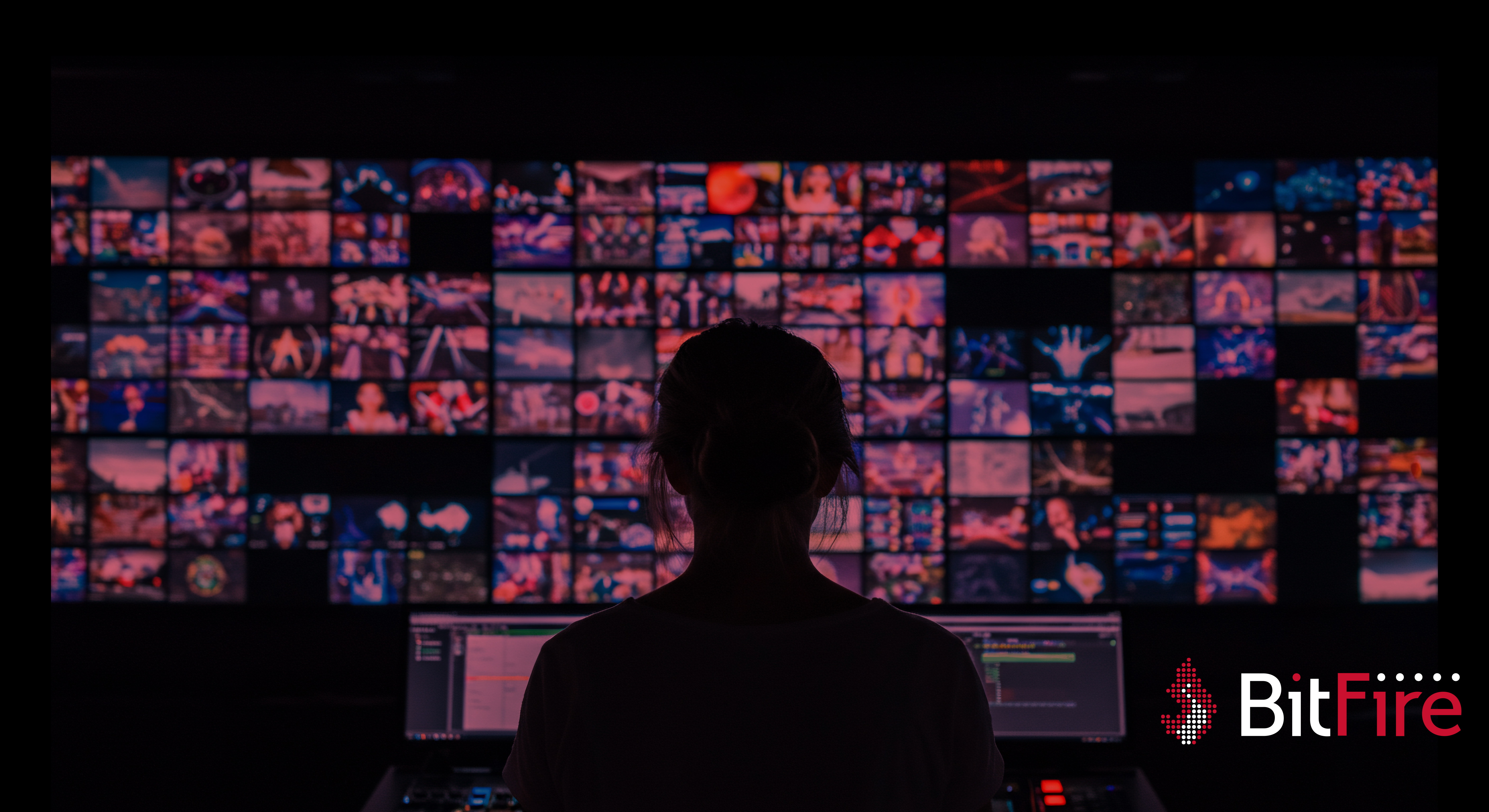
Running a Cloud Switcher: A Lot for TDs to Like
If you’re reading this as a seasoned TD and wondering if this cloud thing is worth learning, I get it, By Mike Hoffman

Plotting Your Transport Roadmap for the Future
BitFire's Jim Akimchuk speaks with fellow panelists on the future of transport.


Why BitFire: A Smarter Approach to Live Cloud Production
A new style of traditional production

BitFire Wins Three Top Awards at 2025 NAB Show
BitFire Earns Future Best of Show Award From TV Tech and NAB Show Product of the Year for Platform, Plus NAB Show Project of the Year With MLB Network




